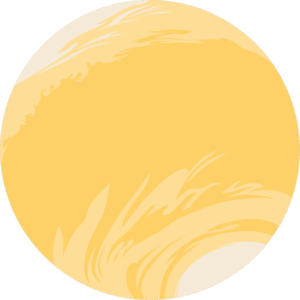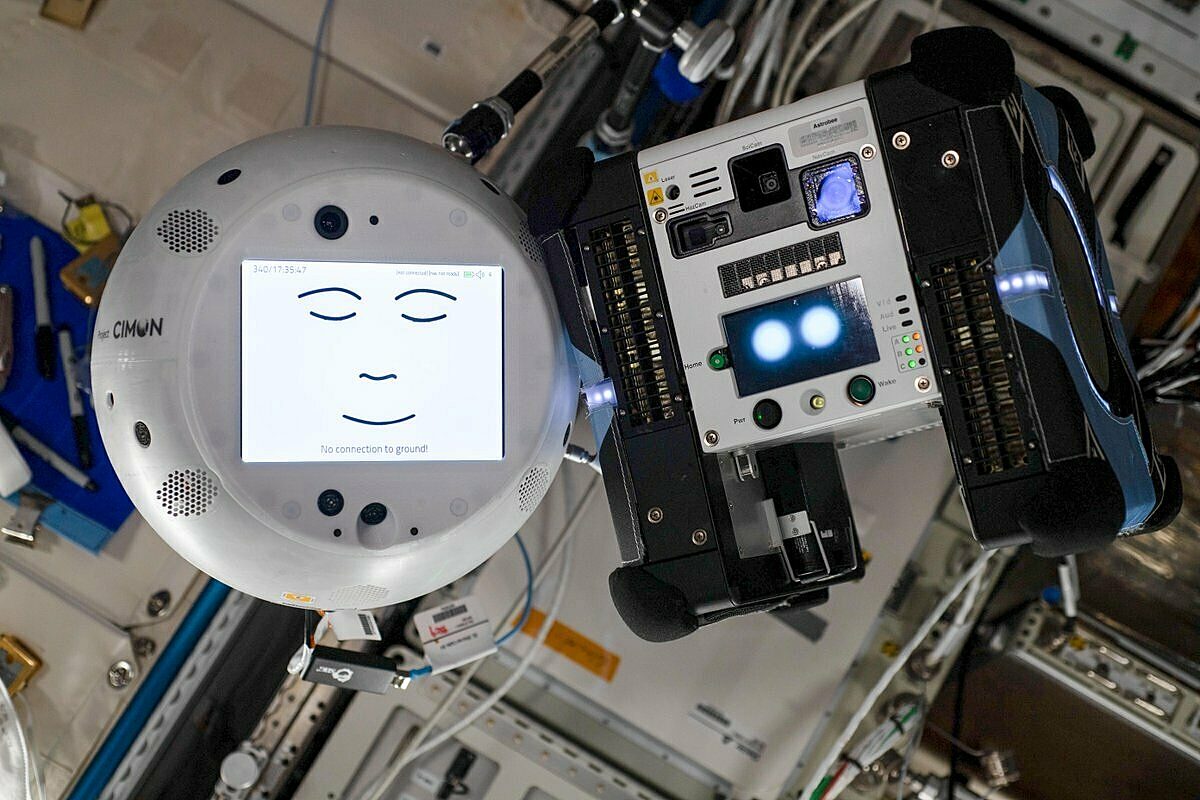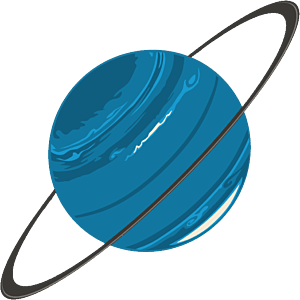The Downlink • Mar 25, 2022
Join the exoparty
Space Snapshot

NASA’s JWST spacecraft recently sent back this photo after reaching a key milestone in its mirror alignment. A single star is the focus of this image, but in a tantalizing glimpse at what’s to come from this powerful space observatory, several galaxies appear in the background. NASA says JWST is on track to start conducting science in June. Image credit: NASA/STScI.
You love space, now take action
This weekly newsletter is your toolkit to learn more about space, share information with your friends and family and take direct action to support exploration. Anyone can subscribe at planetary.org/connect to receive it as a weekly email.
Mission Briefings


The Artemis I mission is in final testing. NASA announced this week that the Orion capsule and SLS rocket are on the launch pad at Kennedy Space Center for a final round of testing ahead of their first flight to the Moon, which is currently scheduled for June 2022. Image credit: NASA.

NASA has officially confirmed 5,000 exoplanets. The milestone was reached on March 21, when 65 worlds were added to the space agency’s Exoplanet Archive. That’s pretty remarkable considering the first exoplanets were discovered in the early ‘90s.
From The Planetary Society


If you think exoplanets are cool, just wait until you learn about exomoons. In our own solar system, moons outnumber planets and in some cases are the more scientifically intriguing worlds. The same is true in other star systems, where exomoons orbit exoplanets. Find out what we know about these alien worlds, how we’re looking for them, and what discoveries may be in store. Pictured: An artist's impression of an exoplanet and exomoon. Image credit: NASA, ESA, and L. Hustak (STScI).

Europa has Margaret Kivelson to thank for its intriguing reputation. The 93-year-old space physicist conducted groundbreaking research throughout her career, including the discovery of convincing evidence for a saltwater ocean under the ice on Jupiter’s moon Europa. The University of California, Los Angeles professor emerita joins this week’s Planetary Radio to share stories from her distinguished career, which stretches back to the earliest days of the field of space physics.
What's Up

It’s worth getting up early to catch three bright planets in the predawn eastern sky. Venus is the brightest, with reddish Mars and yellowish Saturn nearby. Learn more at planetary.org/night-sky.
Yuri’s Night 2022 returns in person!

Every year, Yuri’s Night events around the world celebrate the anniversary of the first human spaceflight. This year Yuri’s Night will return with in-person celebrations, including two major events that are co-sponsored by The Planetary Society. Planetary Society members are invited to use the promo code "exploreplanets" for a 10% discount for tickets to the Los Angeles event on April 9 and the Florida Space Coast event on April 16. Check out other locations around the world or organize your own event and join the planet’s biggest space party! Pictured: Apollo astronaut Buzz Aldrin at a Yuri’s Night event. Image credit: Hector Sandoval.
Wow of the Week

Human astronauts aren’t the only ones working aboard the International Space Station. Robots from the United States and Germany recently “met” for the first time despite having both been assisting astronauts on the Station for many years. On the right is Bumble, one of NASA’s three Astrobee robots that performs tasks such as taking inventory or monitoring the environment aboard the station. On the left is CIMON, a voice-controlled, artificially intelligent assistant developed by the German Space Agency to support ISS research. CIMON plays a social role too; it is designed to help reduce the stress that astronauts can face because of isolation or group dynamics. No wonder CIMON seems pleased to meet Bumble! Image credit: NASA/Kayla Barron.
Share your artwork with us!
We love to feature space artwork in the Downlink. If you create any kind of space-related art, we invite you to send it to us by replying to any Downlink email or writing to [email protected]. Please let us know in your email if you’re a Planetary Society member!


 Explore Worlds
Explore Worlds Find Life
Find Life Defend Earth
Defend Earth


